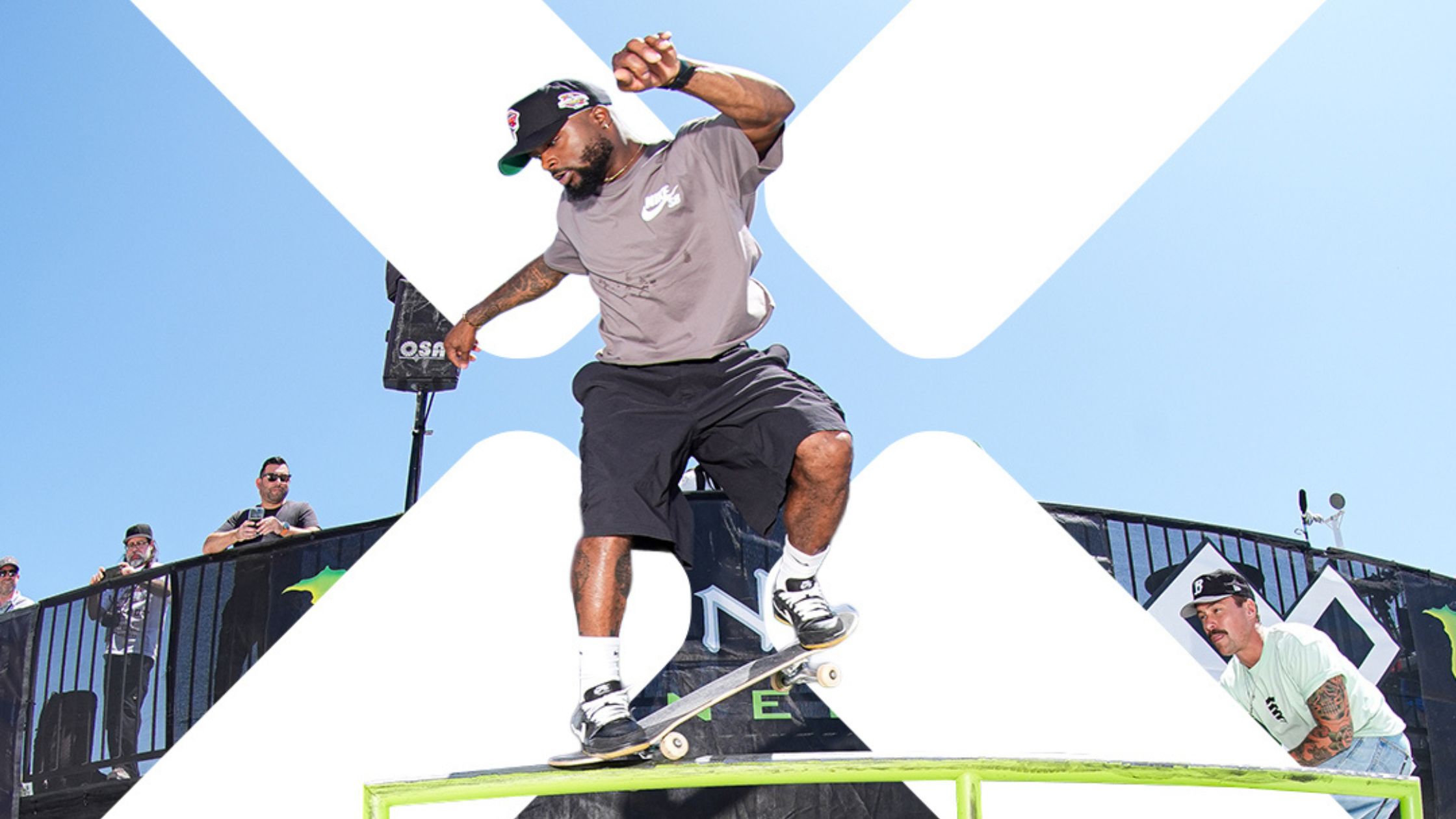
via X Games
For decades, the most heated arguments in action sports have happened long after the run is over. Was Travis Pastrana’s 2006 double backflip really not a perfect score? Did Shaun White’s global fame influence his perfect 100 in 2012?
These legendary moments were judged by humans, who had to somehow blend raw athletic difficulty with an unquantifiable, artistic “it” factor. Now, in a move that could change judged sports forever, the X Games is turning to a radical new solution to settle the debate: a robot.
But this raises a fascinating question that goes far beyond sports: How do you teach an algorithm to understand swagger?
I recently talked to X Games CEO and former Team USA Olympic skier Jeremy Bloom about this very issue and more, including the new X Games logo and rebrand.
The Rise of the Robot Judge
The technology comes from Owl AI, a sports artificial intelligence company with a wild origin story. According to reports from Sports Business Journal and Fast Company, the project began as an “accidental” experiment between X Games CEO Jeremy Bloom and Google co-founder Sergey Brin, who reportedly wrote the first lines of code himself.
In a frantic five-week sprint, a prototype was built just in time for the Aspen X Games. The results were astonishing: the AI not only accurately scored the Men’s Halfpipe event, but it also successfully predicted the final podium after analyzing only the practice runs, as reported by Snowboarder.com.
The experiment’s success quickly transformed it into a standalone business. Josh Gwyther, Google’s former Head of AI, left the tech giant to become Owl AI’s CEO, and the company raised a hefty $11 million in seed funding from top Silicon Valley venture capitalists, as detailed in Forbes.
In an exclusive interview, Bloom explained how the technology, built on Google’s Gemini, uses a single camera feed to do things no human can.
“It can identify and name the trick… which is incredibly hard even for humans to do in real-time,” Bloom told BroBible. “It knows amplitude better than a human; it knows exactly if a rider was 22 feet out of the pipe or 21 and a half.”
The mission, according to Gwyther, is to create a system that is purely objective. As he told Sports Business Journal, “AI doesn’t care who the home team is, doesn’t care who the player is… It’s just going to make the right call.”
The Million-Dollar Question: Cracking the ‘Style’ Code
But what about style? How can a machine possibly account for the swagger that separates a legend from a mere technician?
I posed this exact question to Bloom, who revealed that his team embarked on a mission to essentially reverse-engineer the very concept of “cool.”
“This was a big point of contention in the beginning,” Bloom admitted. “We said, ‘Could we possibly teach AI what good style is?’ So we spent hours unpacking what good style is.”
It turns out, you can. By working with athletes and judges, they broke down the artistic elements into a series of objective identifiers the AI could look for.
“Typically, it means good economy of motion in the air,” Bloom explained. “If an athlete jumps and they’re a little off-axis, they’ll put a hand up to get back on axis. That’s not good style. Good style is a perfect takeoff, so you’re effortless in the air. Another aspect: did they just touch the grab, or did they really tweak the grab? That shows control.”
Coming Soon to a Field Near You?
While Owl AI is cutting its teeth on halfpipes and skate parks, its ambitions are much bigger. Bloom and Gwyther are reportedly already in discussions with major properties, such as the NFL and NBA, which view the technology as a means to provide oversight on game-deciding calls. The “robot judge” born at the X Games could one day be the tool that prevents another blown pass interference call from costing a team a trip to the Super Bowl.
The Humans Are Still in Charge at the X Games
By turning these subtle, artistic feelings into hard data, the X Games believes it can create a fairer and more transparent competition. Bloom stresses that the goal isn’t to replace human judges, but to arm them with an objective tool that is immune to an athlete’s reputation or the hype of the crowd.
Still, it represents a fundamental shift in how we evaluate human achievement. As the line between art and athletics continues to blur, the X Games is betting that the future of judging lies in a partnership between human intuition and machine precision.
If you found this fascinating, don’t miss our full, exclusive interview with X Games CEO Jeremy Bloom, where we discuss the future of the X Games. Please let me know your thoughts on Instagram.